The figure shows a ring in which a square is inscribed. Four equal forces →F1,→F2,→F3,→F4 of magnitude 10N each act at A, B, C, D. Two force F5 and F6 of magnitude 10√2N each act at A and B. The ring will
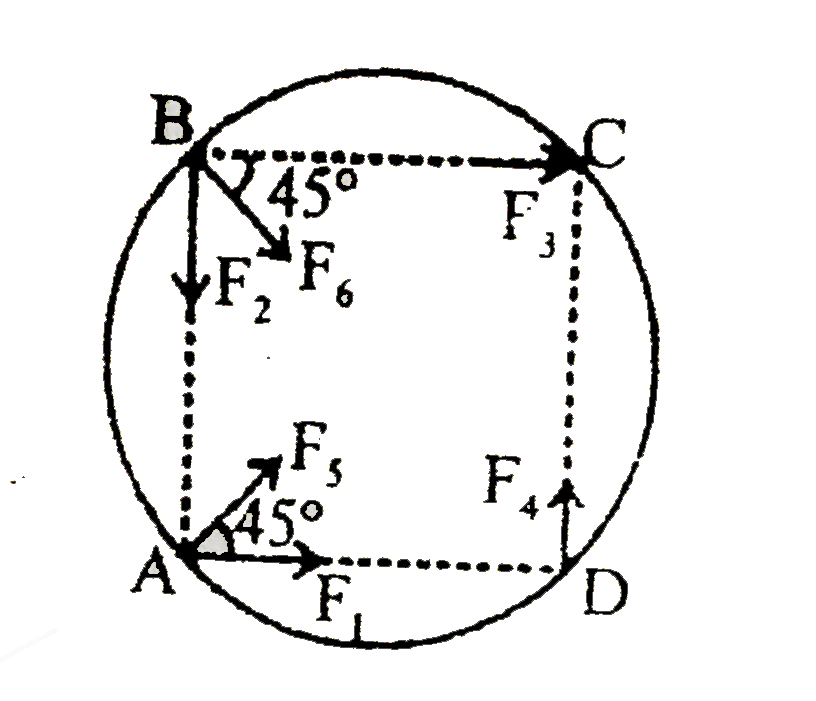
move to right and rotate anticlockwise
move downwards and rotate clockwise
move to right and rotate clockwise
will not move but rotate clockwise
The correct Answer is:A
Net force will be towards right & net torque anticlockwise.
Topper's Solved these Questions
- TEST PAPERSBOOK - BANSALCHAPTER - TEST PAPERSEXERCISE - PHYSICS PART (A)
32 Videos
- TEST PAPERSBOOK - BANSALCHAPTER - TEST PAPERSEXERCISE - PHYSICS PART (B)
3 Videos
- TEST PAPERSBOOK - BANSALCHAPTER - TEST PAPERSEXERCISE - PHYSICS PART- C
4 Videos
- SEMICONDUCTORSBOOK - BANSALCHAPTER - SEMICONDUCTORSEXERCISE - CBSE Question
32 Videos
Similar Questions
A moving particle of mass m is acted upon by five forces→F1,→F2,→–––(F)3,→F4 and →F5. Forces →F2 and →F3 are conservative and their potential energy functions are U and W respectively. Speed of the particle changes from Va to Vb when it moves from position a to b. Which of the following statement is/are true – (a) Sum of work done by →F1,→F4 and →F5=Ub−Ua+Wb−Wa
(b) Sum of work done by →F1,→F4 and →F5=Ub−Ua+Wb−Wa+12m(V2a−V2a)
(c) Sum of work done by all five forces =12m(V2b−V2a)
(d) Sum of work done by →F2 and →F3=(Ub+Wb)−(Ua+Wa)
View SolutionA slab is subjected to two forces →F1and→F2 of same magnitude F as shown in the figure . Force →F2 is in XY-plane while force F1 acts along z-axis at the point (2→I+3→j) .The moment of these forces about point O will be :
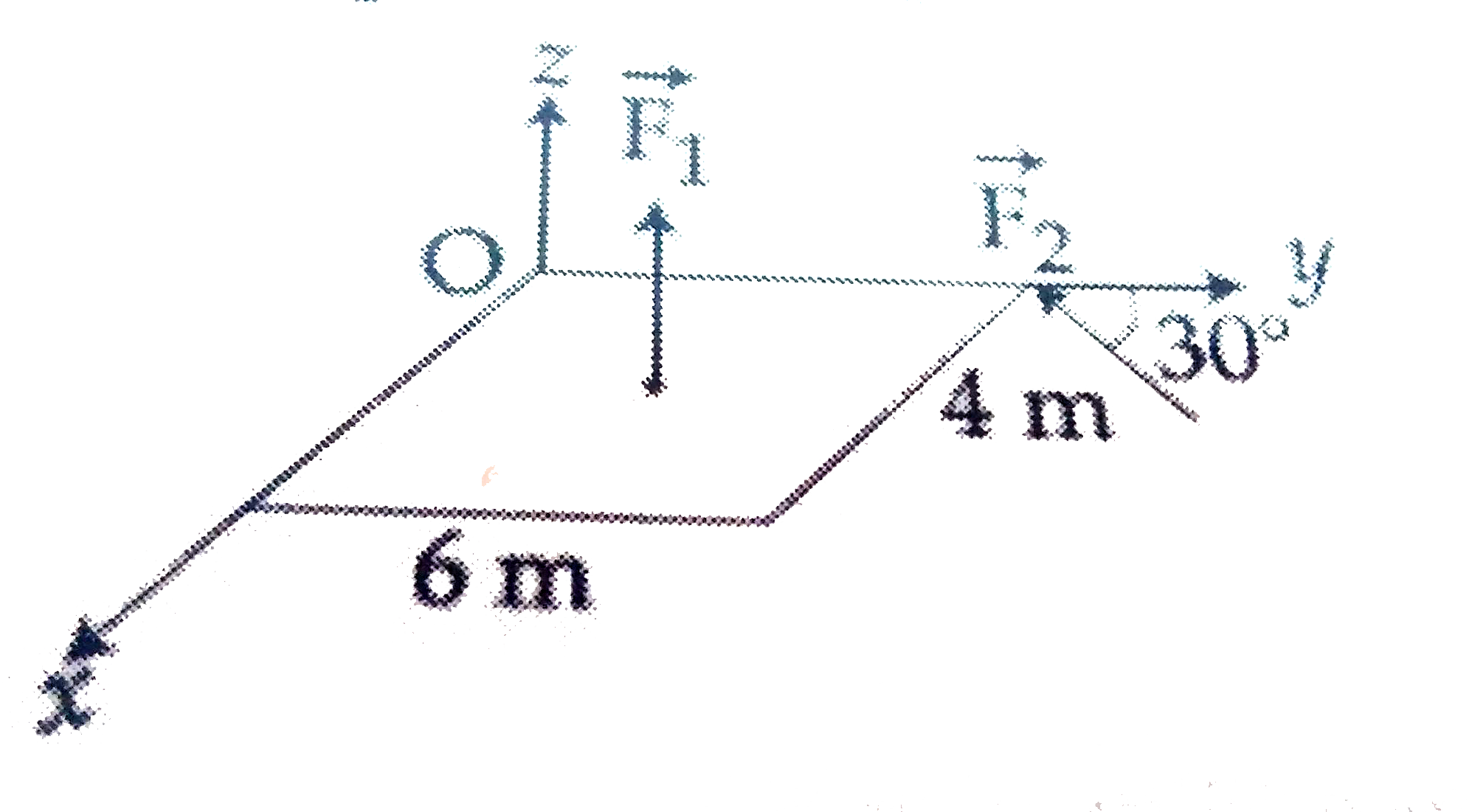
View Solution
Knowledge Check
When force −→F1,−→F2,−→F3…...−→Fn act on a particle , the particle remains in equilibrium . If −→F1 is now removed then acceleration of the particle is
A−→F1mB−−→F1mC−−→F2+−→F3+.....−→Fn−−→F1mD−→F1mWhen force →F1,→F2,→F3 are acting on a particle of mass m, the particle remains in equilibrium. If the force →F1 is now removed then the acceleration of the particle is :
A→F1/mB→F1/mC→F2−→F3/mD→F2/mThree forces →F1,→F2 and →F3 are represented as shown. Each of them is equal magnitude.
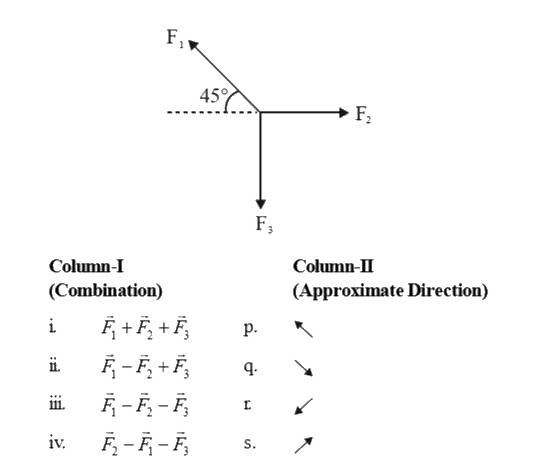
Now match the given columns and select the correct option from the codes given below.Ai-p,ii-q,iii-r,iv-sBi-s,ii-r,iii-q,iv-pCi-q,ii-r,iii-p,iv-sDi-r,ii-s,iii-p,iv-q
Find the resultant of −→F1+−→F2−−→F3(sin37∘=35,cos37∘=45)
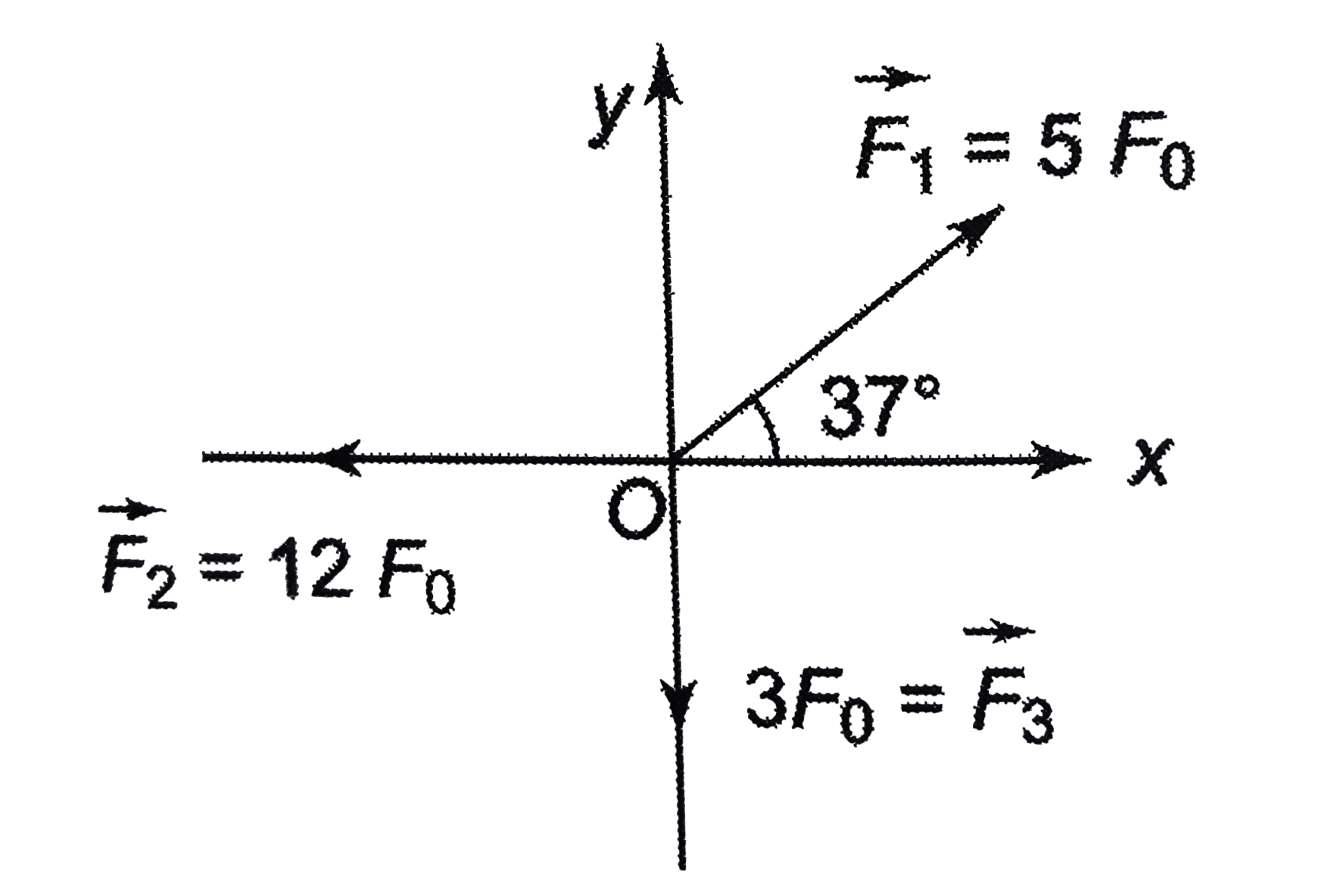
View SolutionA smooth track is in the form of a quarter circle of radius 10 m lies in the vertical plane. A bead moves from A and B along the circular track under the action of forces →F1,→F2 and →F3 Force →F1 acts always towards point B and is always 20 N in magnitude Force →F2 always acts horizontally and is always 25 N in magnitude. Force →F3 always acts tangentially to the track and is of constant magnitude 10 N. Select the correct answer.

View SolutionTwo forces −→F1and−→F2 are acting at right angles to each other , find their resultant ?
View SolutionA smooth track in the form of a quarter circle of radius 6m lies in the vertical plane. A particle moves from P1 to P2 under the action of forces →F1,→F2 and →F3 Force →F1 is 20N, Force →F2 is always 30N in magnitude. Force →F3 always acts tangentiallly to the track and is of magnitude 15N. Select the correct alternative (s) :
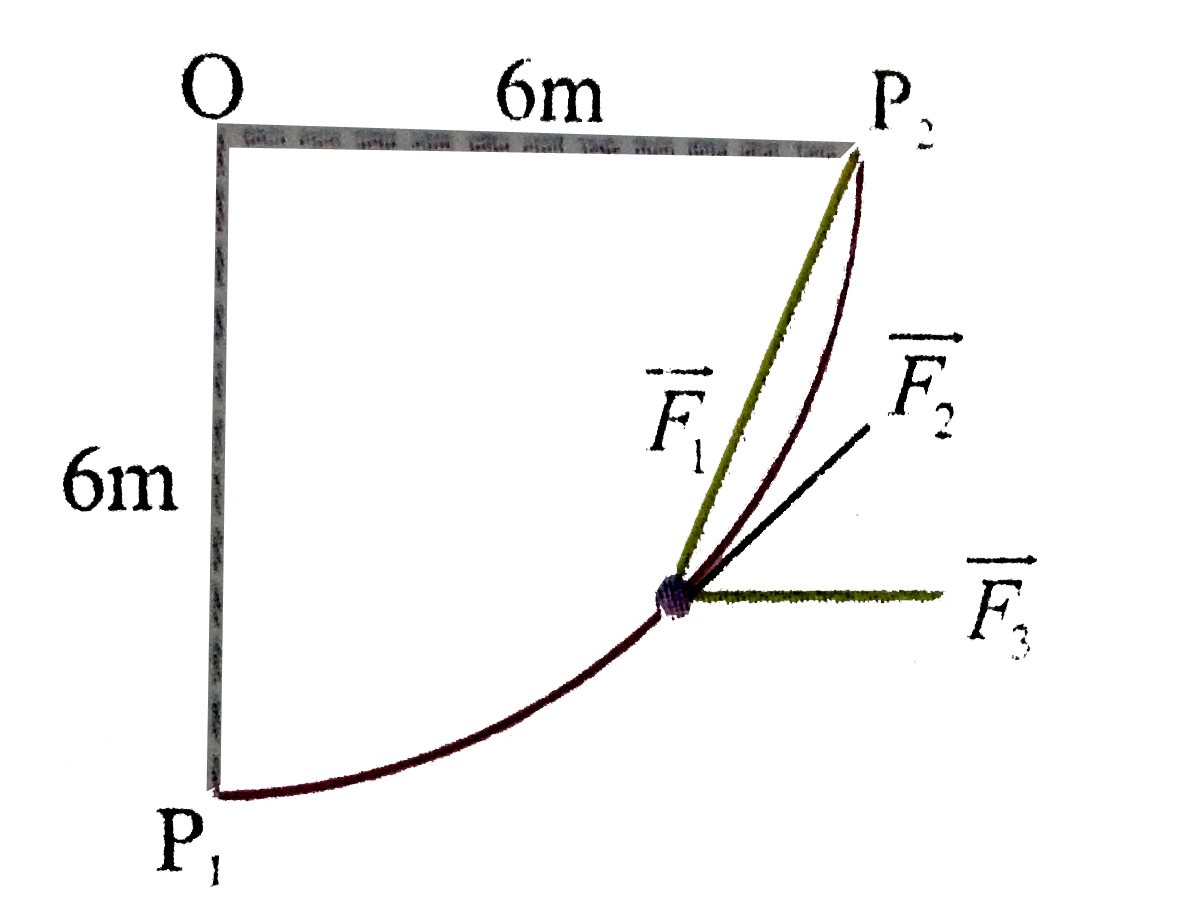 .
.
View SolutionConsider two Vectors →F1=2ˆi+5ˆk and →F2=3ˆj+4ˆk. The magnitude of the scalar product of these Vector is
View Solution
